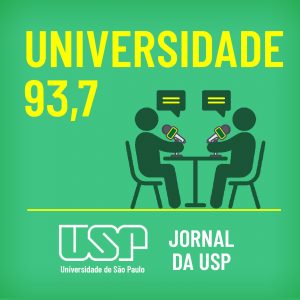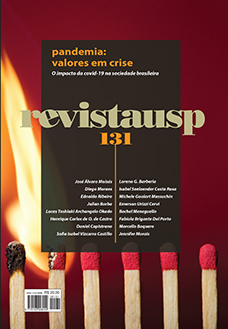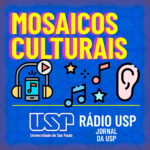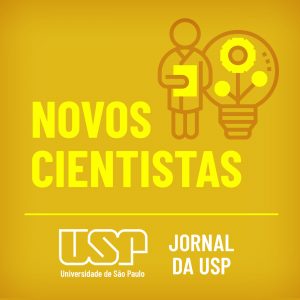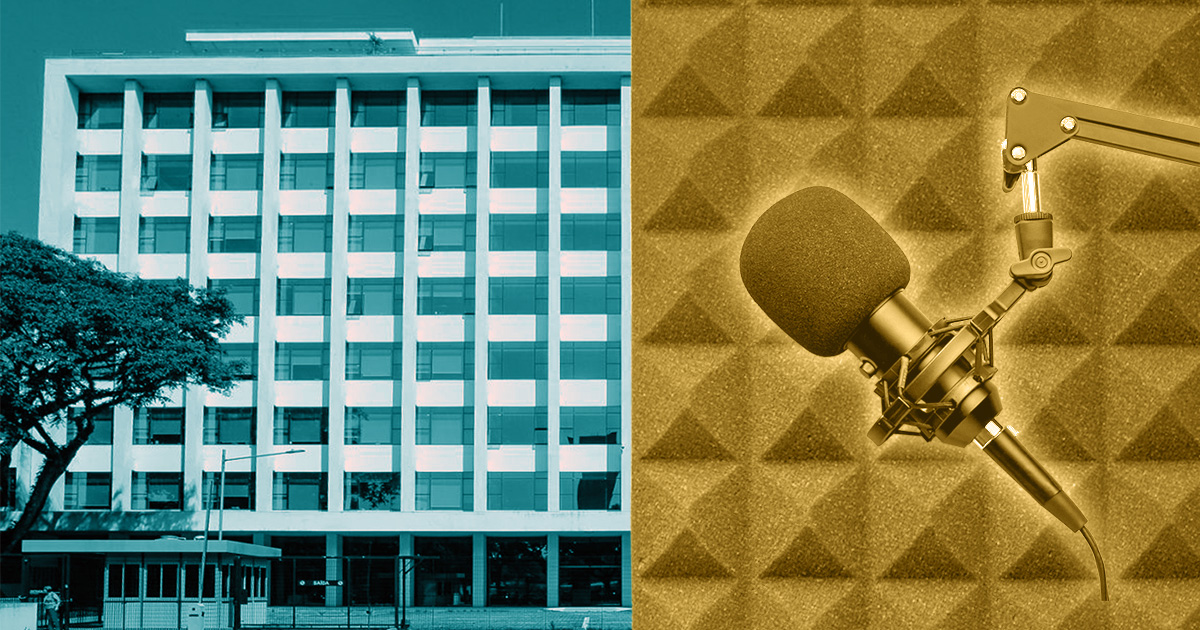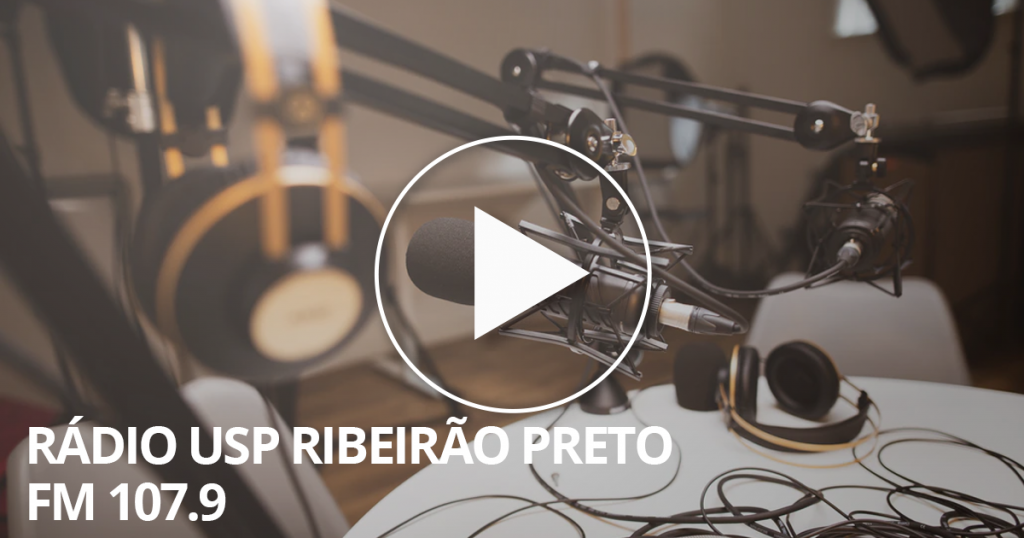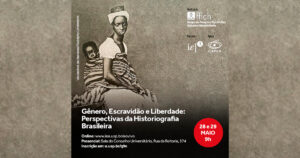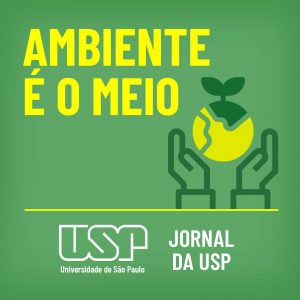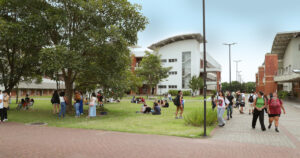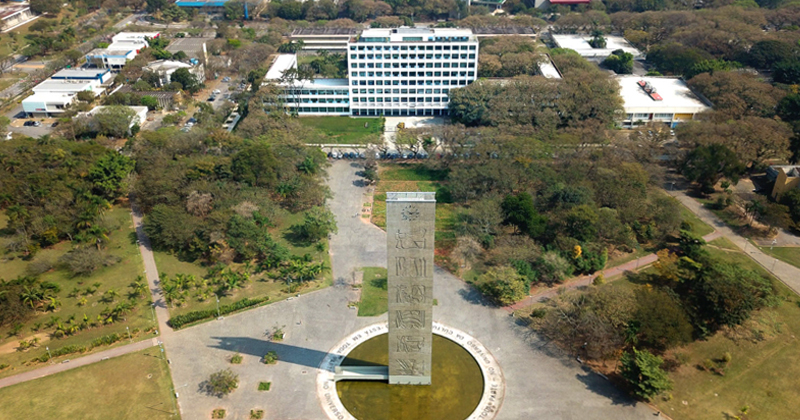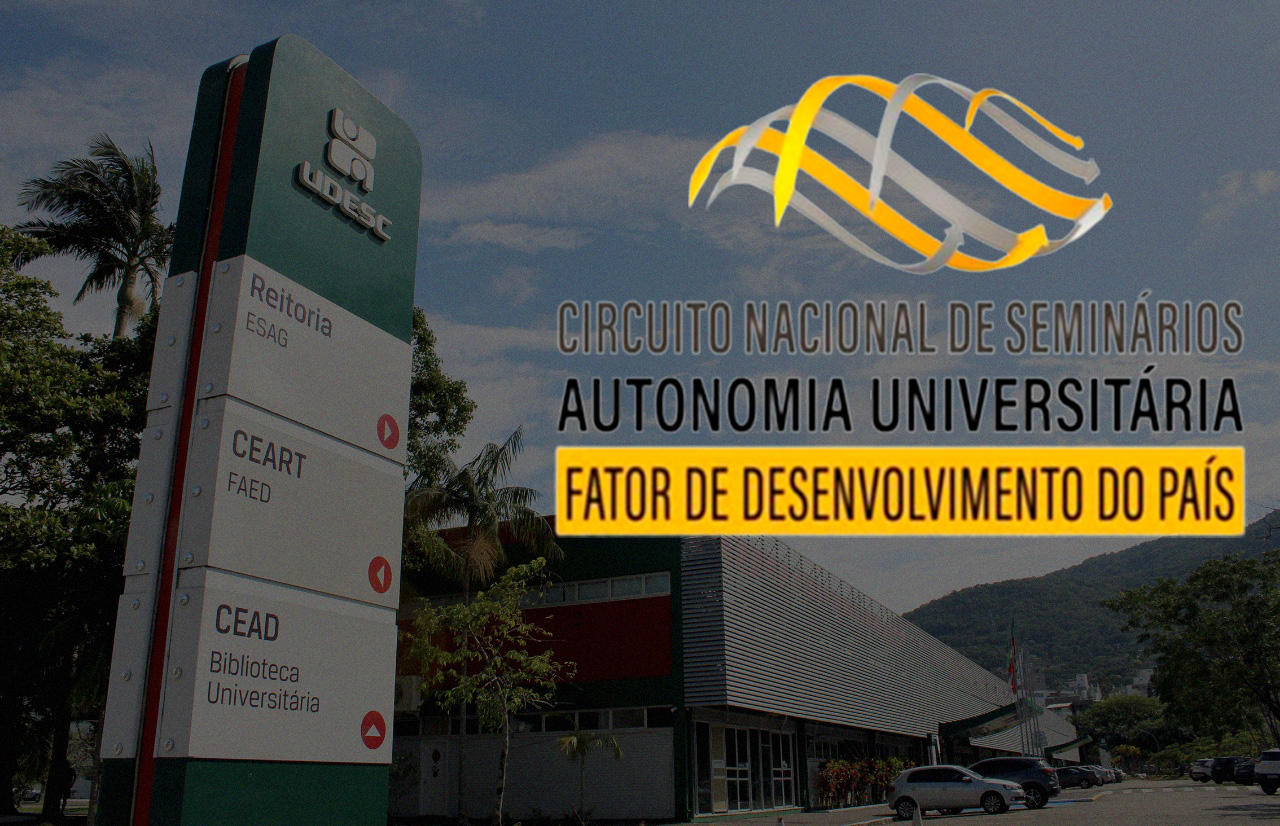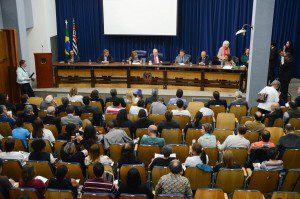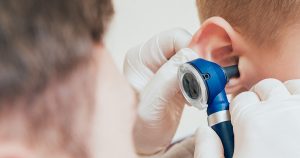
 On November 18, USP and Tsinghua University signed a memorandum of understanding for the joint promotion of teaching and research activities, including the development of studies in areas of interest to both universities, the exchange of professors, researchers, technical and administrative public servants and students, and the organization of seminars and academic events. On the occasion, an agreement was also signed between USP’s Institute of Architecture and Urbanism (IAU) and the Chinese institution’s School of Architecture.
On November 18, USP and Tsinghua University signed a memorandum of understanding for the joint promotion of teaching and research activities, including the development of studies in areas of interest to both universities, the exchange of professors, researchers, technical and administrative public servants and students, and the organization of seminars and academic events. On the occasion, an agreement was also signed between USP’s Institute of Architecture and Urbanism (IAU) and the Chinese institution’s School of Architecture.
The document-signing ceremony marked the official inauguration of the USP-China Center room, located in the Center for International Diffusion (CDI) building on the USP Butantã campus in São Paulo.
Directly related to the President’s Office, the USP-China Center aims to centralize collaborative actions between the University and different Chinese institutions and is the result of the first visit by a USP president to China, which took place in November 2023. This trip represented an important milestone in academic relations between the two countries, which will celebrate 50 years of diplomatic collaboration in 2024.
Based on previous collaborative experiences and discussions with Chinese partners during the USP delegation’s visit to Beijing and Shanghai, four thematic axes were defined for the center’s activities: Agricultural sciences; Geosciences and the environment; Health sciences; and Languages, cinema, design, and architecture. The themes of sustainability, big data, and artificial intelligence will cut across all the axes, basing joint activities on coordinated actions involving transdisciplinary teams from different USP units and China’s institutions.
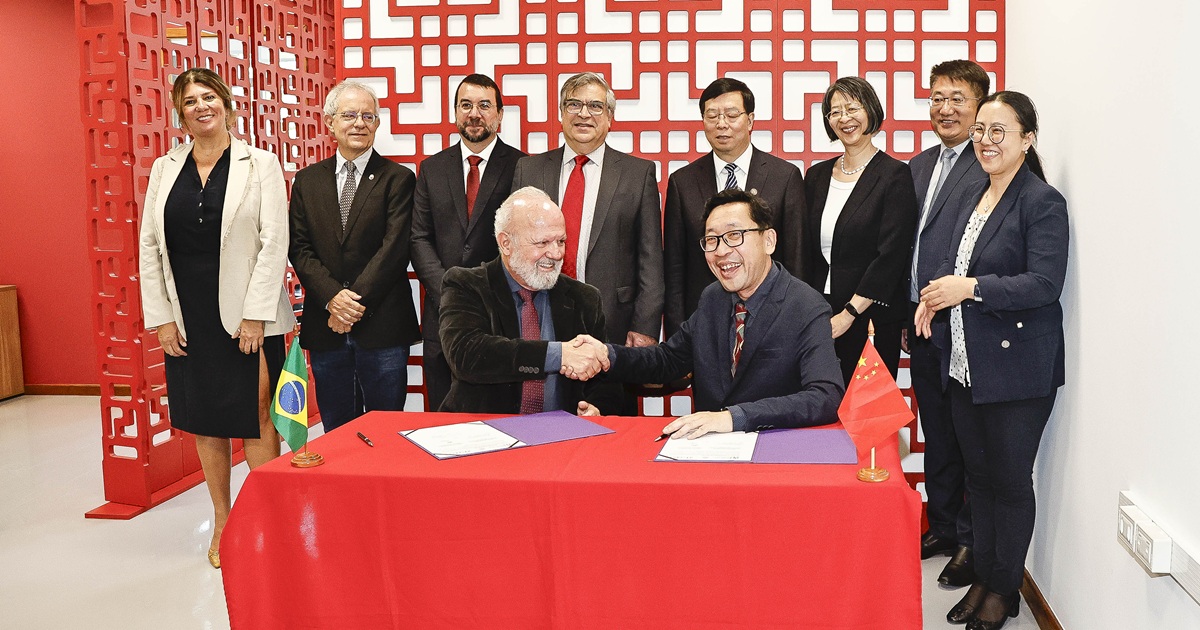
The dean of the IAU, João Marcos de Almeida Lopes, and the deputy dean of the School of Architecture at Tsinghua University, Zhang Yie (seated), signed the specific agreement for the area of Architecture – Photo: Marcos Santos/USP ImagesThe center is coordinated by Ricardo Trindade, a professor at the Institute of Astronomy, Geophysics and Atmospheric Sciences, and its deputy coordinator is the dean of the School of Agriculture Luiz de Queiroz (Esalq), Thais Vieira, who were present at the ceremony.
“This is a great opportunity for us to work together and expand our academic cooperation. At USP, we have undergraduate and graduate studies in all areas of knowledge and many possibilities open up with the signing of this memorandum,” said USP’s president, Carlos Gilberto Carlotti Junior.
The chairman of the Council of Tsinghua University, Qiu Yong, said that “Brazil is an important partner in Latin America” and hopes that “working with USP will produce fruitful and concrete results”.
Tsinghua University is a public institution located in the city of Beijing and has more than 59,000 students. Founded in 1911, the institution has 21 schools and 59 departments in the areas of science, engineering, humanities, law, medicine, history, philosophy, economics, management, education and art. It is the best-placed Chinese university in international rankings (in the most recent QS world ranking, the institution ranks 20th).
Also present at the event were the IAU dean, João Marcos de Almeida Lopes; the institute’s professor, Marcelo Tramontano; Aucani’s chairman, Sérgio Proença; as well as representatives from the Chinese university.
English version: Nexus Traduções



